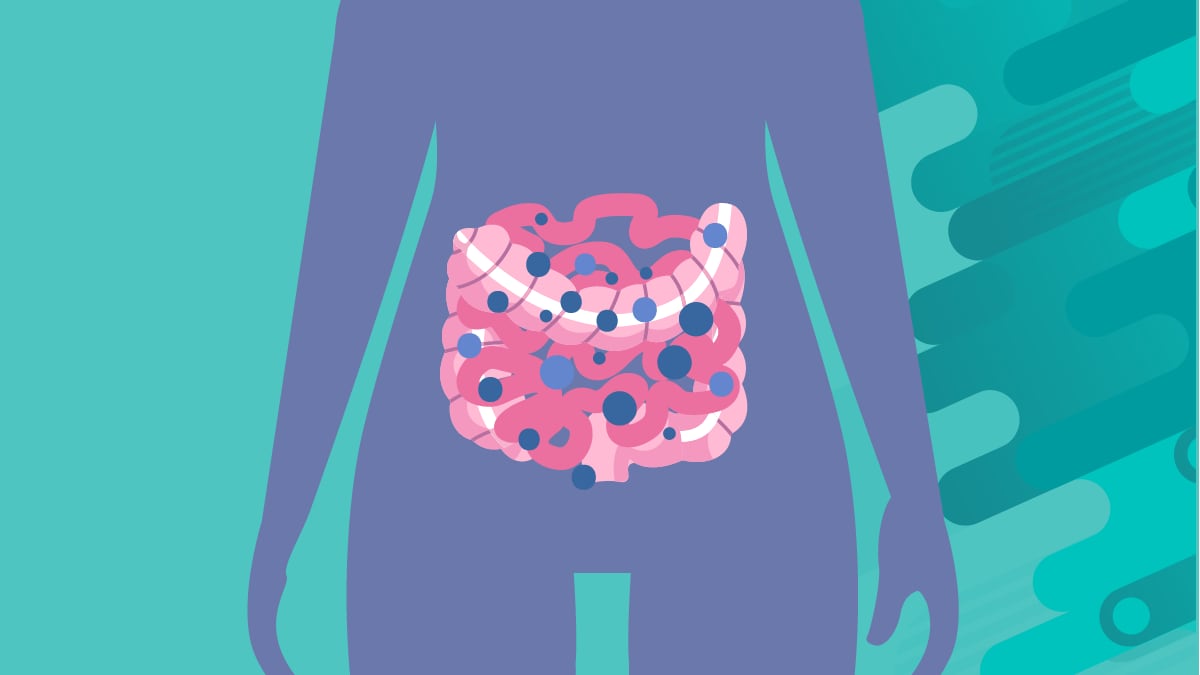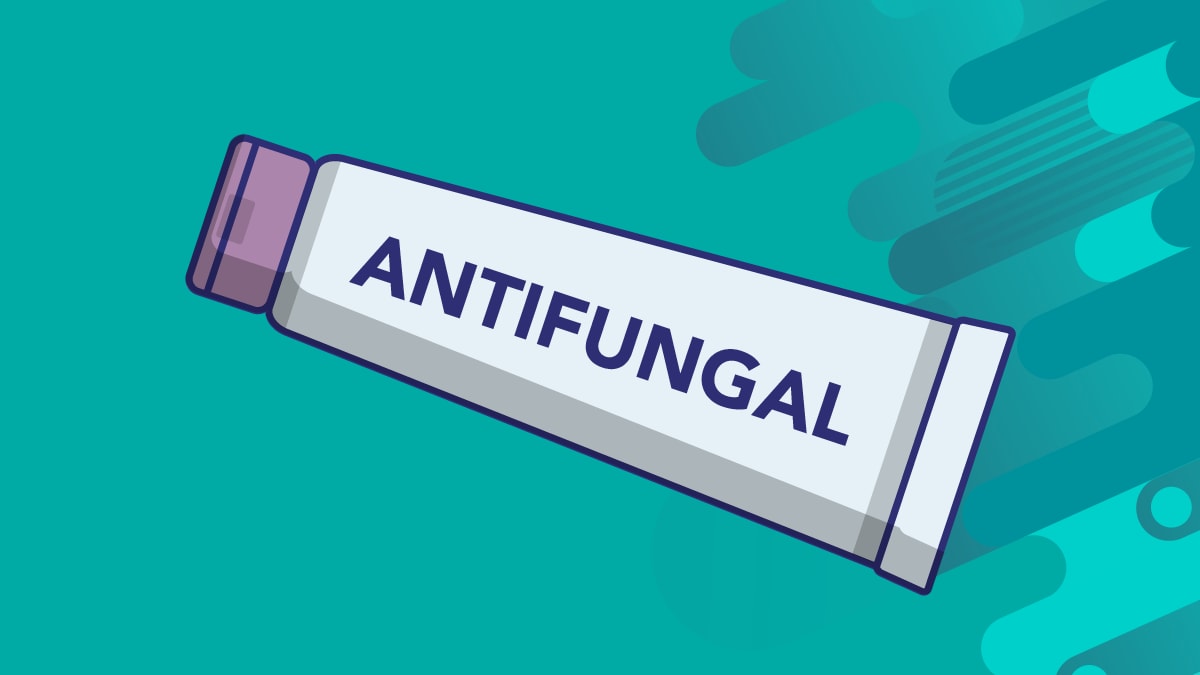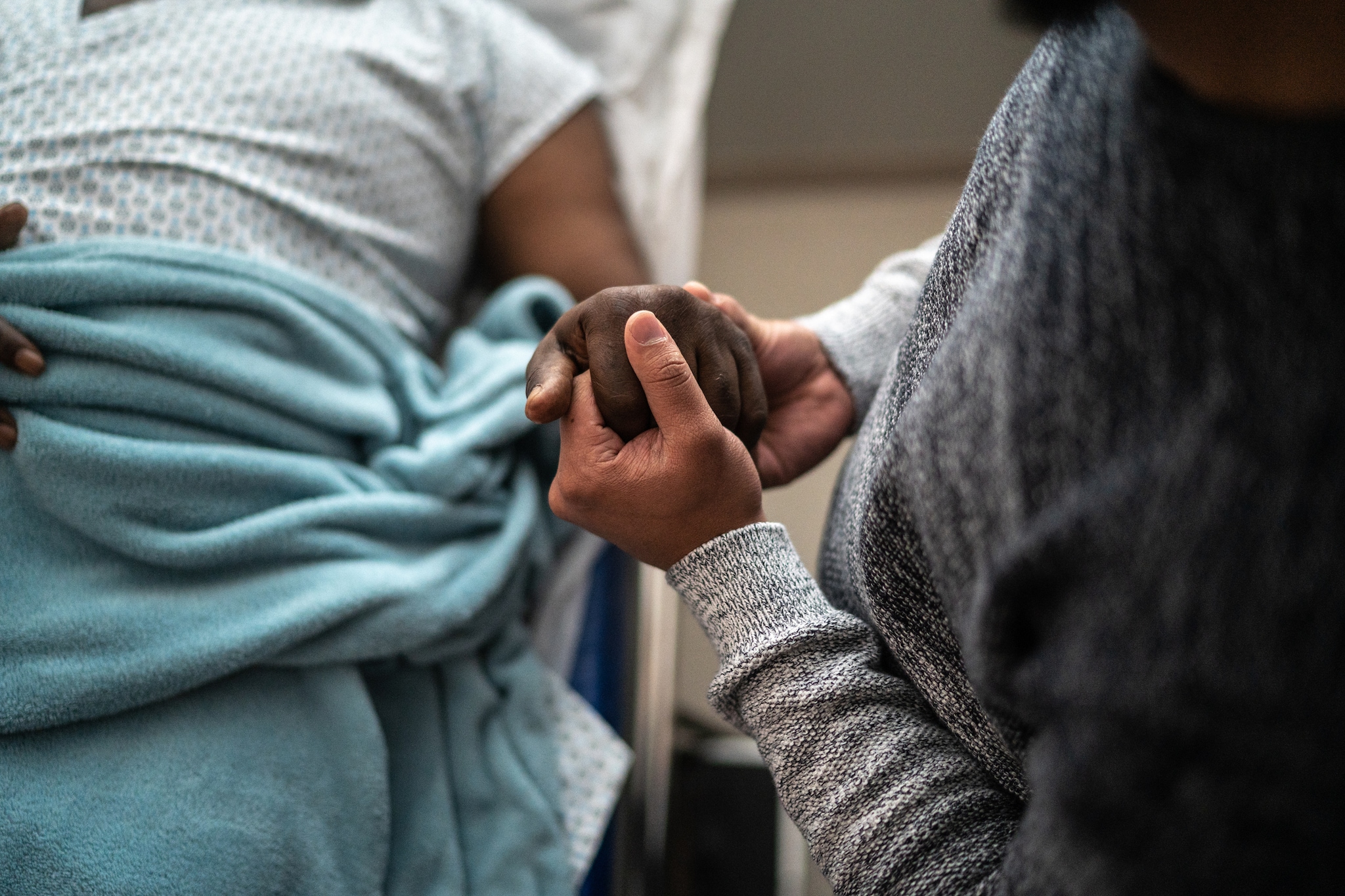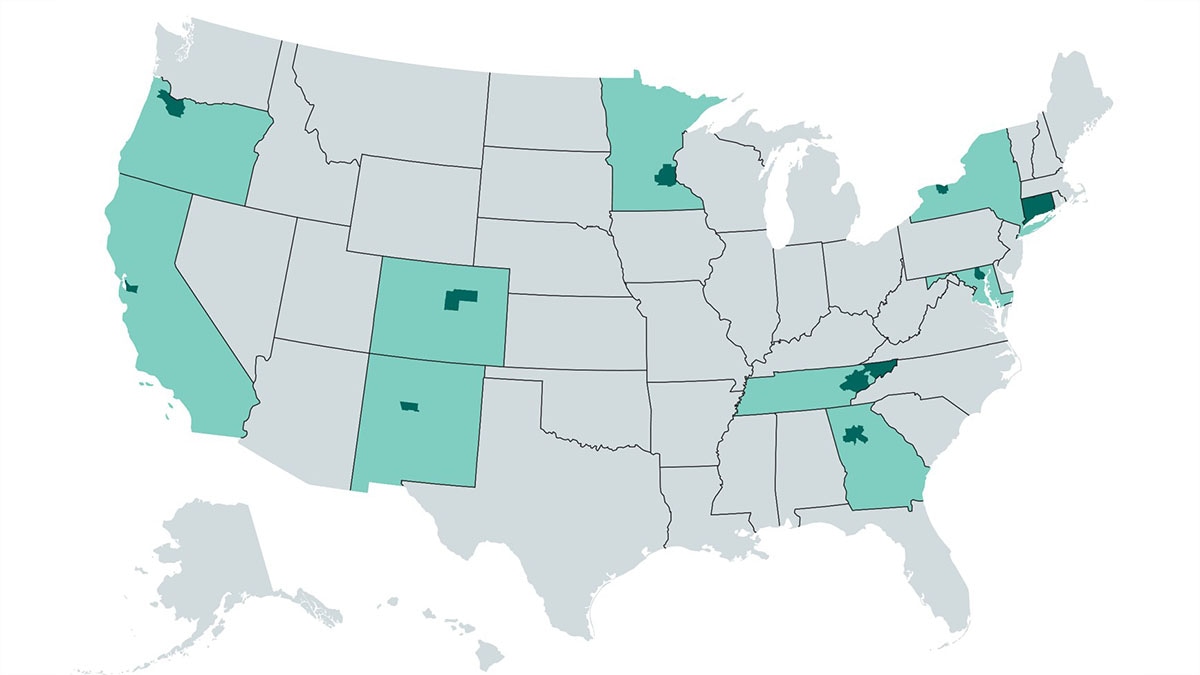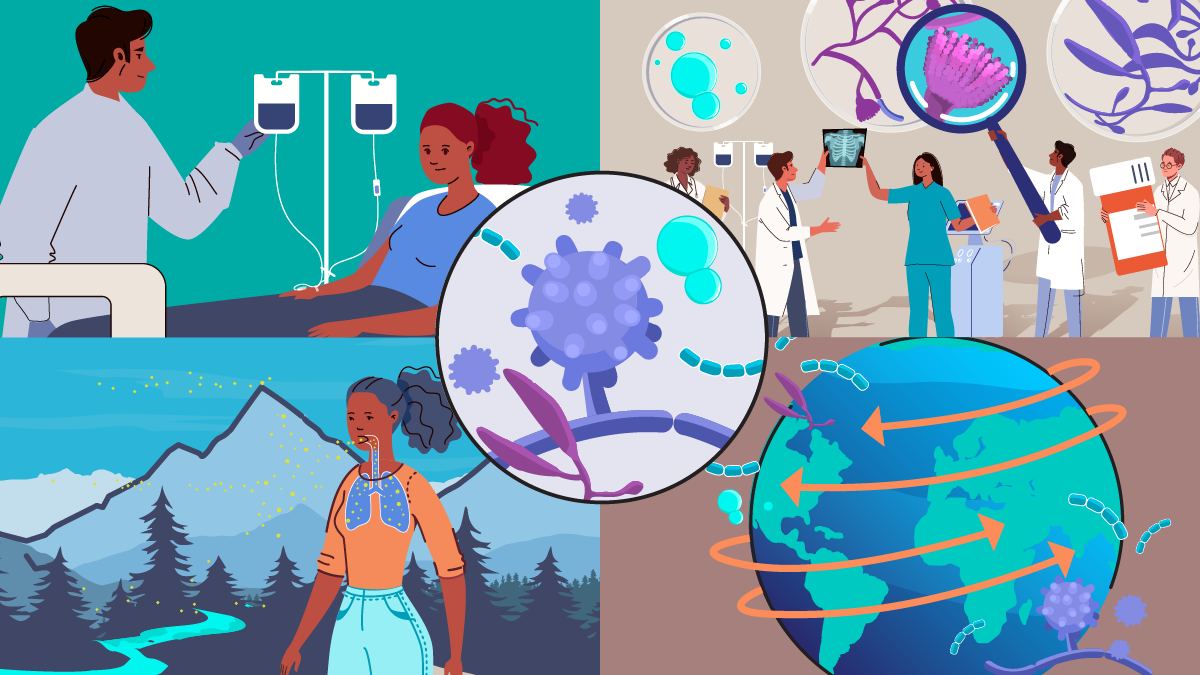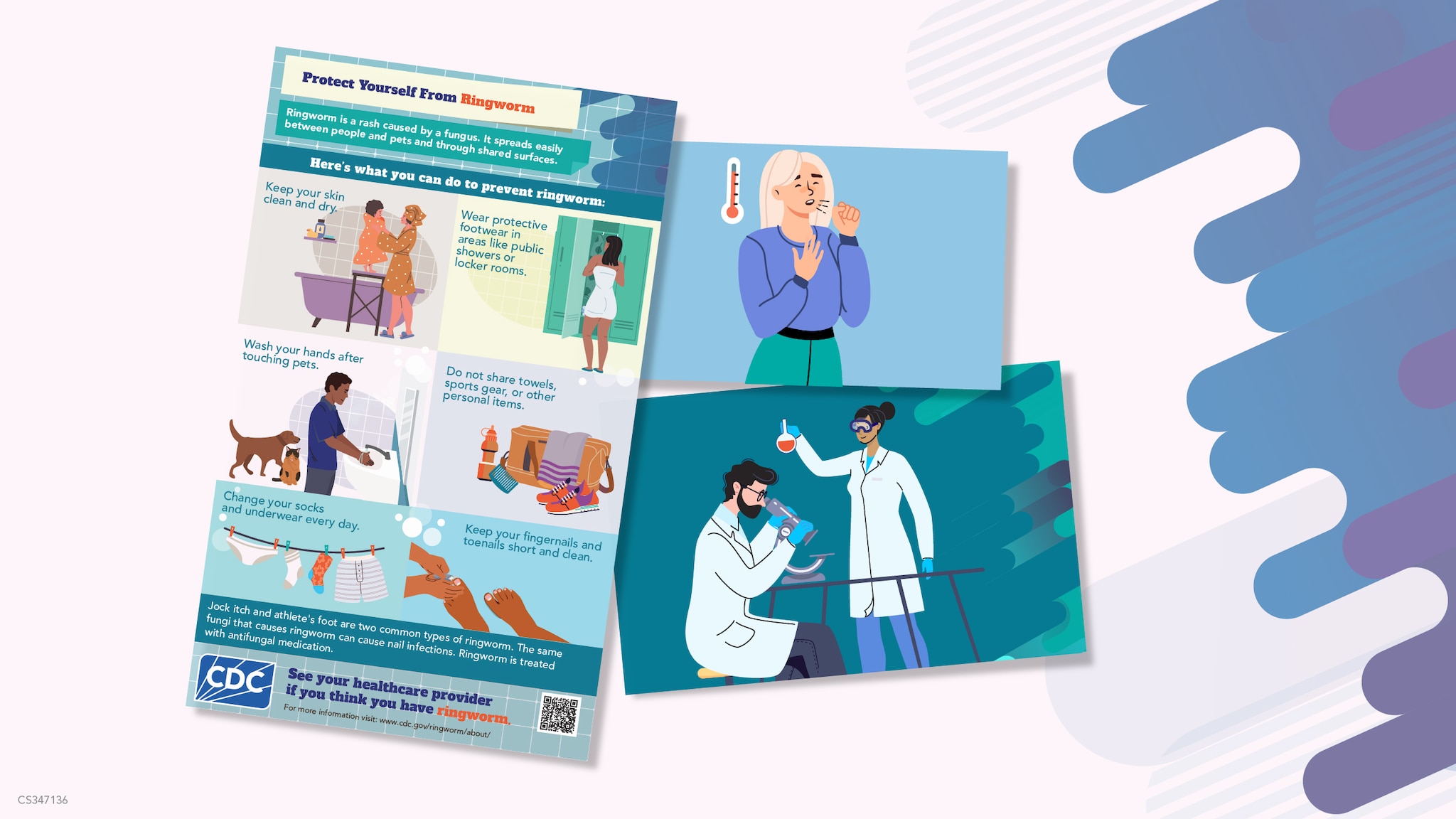Candidiasis occurs when Candida , a yeast that lives in parts of the body, grows out of control.
Symptoms of candidiasis depend on the type of infection: vaginal, oral, esophagus, or invasive.
Testing and Diagnosis for Candidiasis
Healthcare providers diagnose candidiasis with different tests depending on the type of infection.
Risk factors for candidiasis include having a weakened immune system and antibiotic use.
Learn ways to help prevent the different types of candidiasis.
Candidiasis is treated with antifungals. The type, dose, and route depends on infection type.
Invasive candidiasis
Clinical Overview of Invasive Candidiasis
Clinical information on features, prevention, testing, and treatment for invasive candidiasis.
Data and Statistics on Candidemia
An overview of trends for candidemia, the most common form of invasive candidiasis
Antimicrobial-Resistant Invasive Candidiasis
Antifungal-resistant invasive candidiasis is increasing with few antifungals available.
More fungal diseases and related resources
Fungal diseases and antifungal resistance are increasing worldwide. Misdiagnosis is common.
Communication and Educational Materials
Find and download social media graphics, fact sheets, infographics, and animated videos.
Webinars, Podcasts, and Clinical Tools
Access webinars and podcasts featuring world experts in fungal diseases and find clinical resources.

